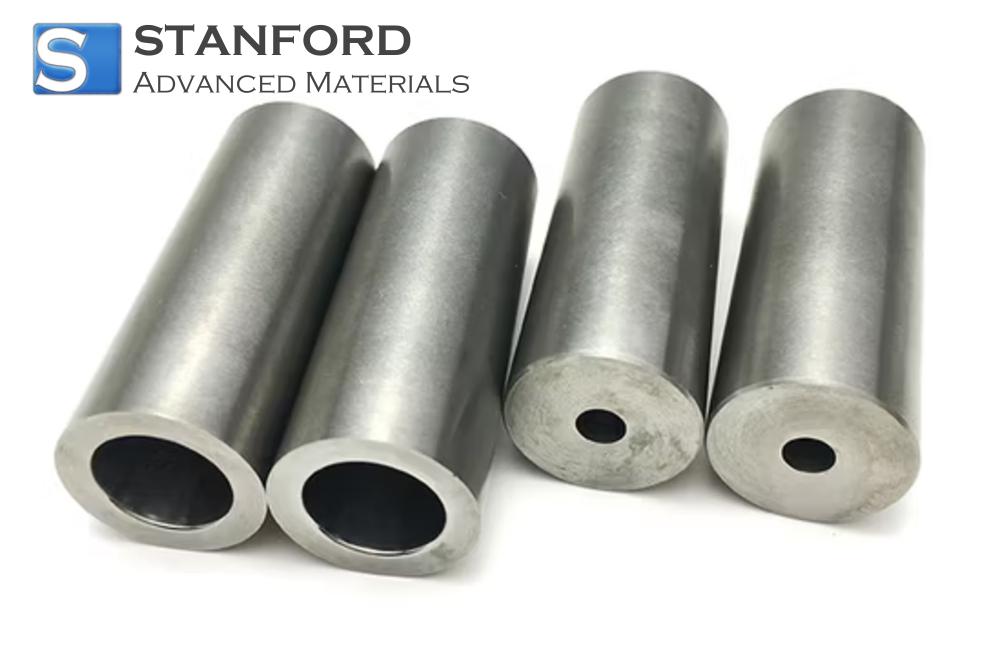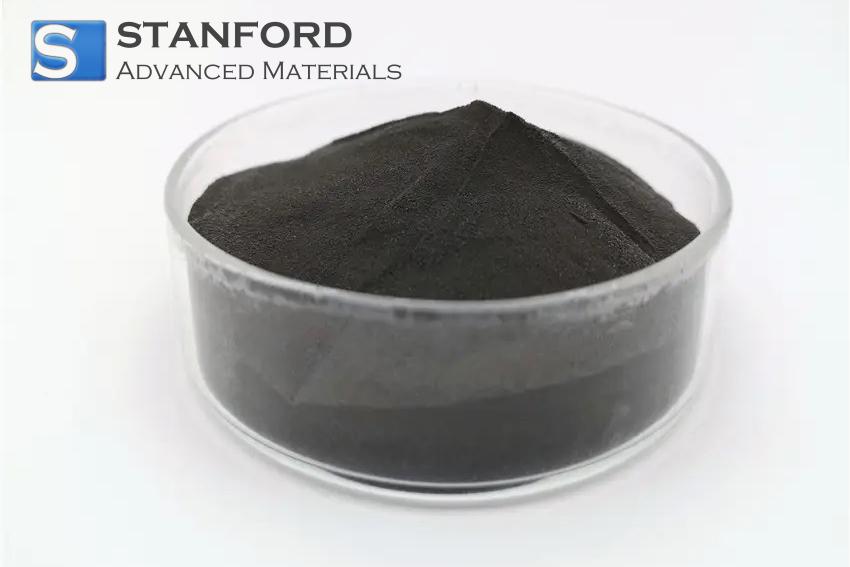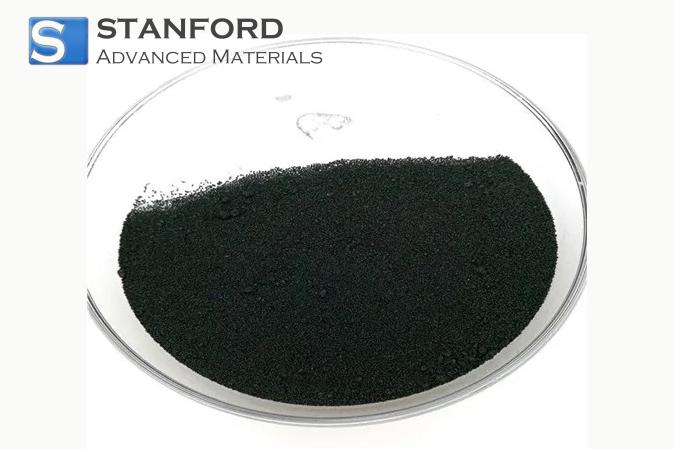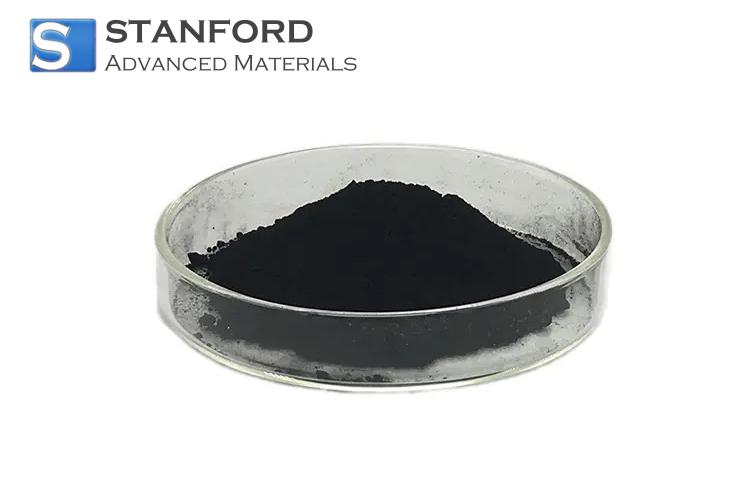Iodine: Element Properties And Uses
Description
Iodine is an essential non-metal element used in medical, pharmaceutical and industrial applications. It is employed in disinfectant solutions, dietary supplements, contrast agents for imaging and chemical synthesis.
Introduction
Iodine, with atomic number 53, is an important halogen in the periodic table. It plays a role in natural processes and modern industry.
Historically, iodine was discovered in the early 19th century because of its distinct appearance – a lustrous, dark grey solid that sublimes and produces a violet vapour. Its inclusion in human nutrition is vital, particularly for preventing iodine deficiency disorders through the use of iodised salt.
Chemical Properties Description
Iodine is known for its various oxidation states, including -1, +1, +3, +5 and +7. This variability enables the formation of numerous compounds. Consequently, iodine is used in redox reactions and in the synthesis of complex molecules.
One important aspect of iodine chemistry is its ability to form stable compounds with both metals and non-metals. For example, iodine reacts with alkali metals to produce iodides. These compounds are used in several industrial processes.
Iodine also tends to form polyiodide complexes. When iodine bonds with iodide ions, specific optical and electrical properties are exhibited. These properties have been utilised in research on solar energy conversion and in materials science.
Table of Physical Properties Data
|
Property |
Value |
|
Atomic number |
53 |
|
Atomic mass |
126.90 u |
|
State at room temperature |
Solid (sublimes to produce violet vapour) |
|
Melting/Sublimation point |
113.7 °C |
|
Boiling point |
184.3 °C |
|
Density (solid) |
4,93 g/cm³ |
|
Appearance |
Dark grey crystalline solid with violet vapours |
For further information please visit Stanford Advanced Materials (SAM).
Common Uses and Related Industry Products
Iodine is utilised in a wide range of applications that affect daily life and support various industrial sectors.
In the medical sector, the antiseptic properties of iodine are important. It is a key component in antiseptic solutions such as povidone-iodine, which is routinely used for disinfecting wounds and preparing the skin before surgical procedures.
Iodine is also incorporated in iodised salt, a conventional dietary supplement that helps prevent thyroid disorders and other health issues arising from iodine deficiency.
In industry, iodine is used in the manufacture of photographic chemicals. Its reactivity and light-sensitive properties contribute to improved image processing. It is further employed as a catalyst in organic reactions and is included in the synthesis of various chemicals. Related products such as potassium iodide and sodium iodide act as precursors in the production of many iodine-containing compounds.
The element is also of significance in nuclear medicine. It is used in diagnostic imaging and therapeutic procedures, particularly owing to its natural affinity for the thyroid gland.
Preparation Methods
Several methods have been developed to obtain high-purity iodine suitable for laboratory research and industrial production. One common procedure involves extracting iodine from natural sources such as seaweed and iodide-rich brines.
In these processes, iodine is present in seawater primarily as iodide ions. The iodide ions are oxidised using a chemical oxidant, such as chlorine. Iodine is then allowed to sublime, thereby bypassing the liquid phase. It is collected by condensation and crystallisation.
Frequently Asked Questions
What is iodine typically used for?
Iodine is used in medical antiseptics, iodised salt for dietary supplementation, photographic chemicals and as a catalyst in various industrial processes.
How is iodine produced on an industrial scale?
Iodine is usually produced by oxidising iodide-rich brines or seaweed extracts with chemical oxidants. This is followed by sublimation and crystallisation to obtain high-purity iodine.
What are the key chemical properties of iodine?
Iodine exhibits several oxidation states, forms stable compounds with metals and organic molecules and can function as both an oxidising and reducing agent.
Can iodine be used in nuclear medicine?
Yes, iodine is used in nuclear medicine for diagnostic imaging and therapeutic procedures, particularly owing to its natural affinity for the thyroid gland.
Does iodine occur naturally?
Iodine occurs naturally in trace amounts in the earth’s crust and in seawater. It is therefore essential for human health and various industrial applications.

 Bars
Bars
 Beads & Spheres
Beads & Spheres
 Bolts & Nuts
Bolts & Nuts
 Crucibles
Crucibles
 Discs
Discs
 Fibers & Fabrics
Fibers & Fabrics
 Films
Films
 Flake
Flake
 Foams
Foams
 Foil
Foil
 Granules
Granules
 Honeycombs
Honeycombs
 Ink
Ink
 Laminate
Laminate
 Lumps
Lumps
 Meshes
Meshes
 Metallised Film
Metallised Film
 Plate
Plate
 Powders
Powders
 Rod
Rod
 Sheets
Sheets
 Single Crystals
Single Crystals
 Sputtering Target
Sputtering Target
 Tubes
Tubes
 Washer
Washer
 Wires
Wires
 Converters & Calculators
Converters & Calculators
 Write for Us
Write for Us





 Chin Trento
Chin Trento



